Cigar Spirits: Stolen Smoked Rum
12 Mar 2018

One of the more interesting, unique rums on the market is Smoked Rum from Stolen Spirits, “the world’s first smoked rum.†It is “the result of an artisanal approach fueled by the desire to reinvent the rum category.†It also doesn’t taste like any other rum you’ve had.
An 84-proof (42% alcohol by volume) 750 ml. bottle sells for about $30. Since Stolen Smoked Rum is basically in a category of its own, I figure it’s best to hear the background straight from the horse’s mouth:
“We start with a column-distilled rum from Trinidad, made from locally sourced sugar cane and molasses. The rum is then aged for up to two years in used American oak whiskey barrels. Capturing the essence of a fresh brewed cup of joe, we infuse the rum using re-fractionated Colombian Arabica coffee, wholly distilled from same-day roasted beans. The warm, roasted flavor is complemented by the creamy sweetness and velvety texture of premium Madagascan vanilla beans and Moroccan fenugreek. The rum is rounded off with notes of American hardwood, acquired through a smoking process called pyrolysis—the burning of hardwood in the absence of oxygen.â€
The result is a deep copper-colored spirit with an attention-grabbing nose of charred firewood, molasses, barbecue sauce, milk chocolate, butterscotch, and candied pecans.
Once sipped neat, a smoky mesquite flavor is instantly recognizable and pretty damn dominant. When they say “smoked,†they mean it; this rum has all the subtlety of a massive bonfire. Some of the background notes remind me of barbeque chips, caramel corn, coffee, vanilla, oak, and char.
The finish is medium in length, warm, and sharply focused on the tip of the tongue. The most pronounced notes include cayenne heat, coffee, and molasses.
I would agree with those who have claimed Stolen Smoked Rum tastes more like a smoky coffee liqueur than a rum. And in that regard it’s likely a divisive, love-it-or-hate-it spirit. For me, it’s more appetizing and better-balanced when mixed with Diet Coke—as opposed to enjoying it neat. Fortunately, the affordable price point doesn’t preclude mixing.
Whatever the serving style, conventional wisdom would suggest pairing this spirit with a full-bodied smoke. But I’m going to suggest the opposite approach. In my experience, you’re better off going with a creamy, milder cigar to help offset the heavy-handed flavors of smoke, barbecue, and coffee. I had good experiences with Undercrown Shade, Pinar del Rio 1878 Cubano Especial Capa Natural, and Artisan’s Selection.
photo credit: Stogie Guys

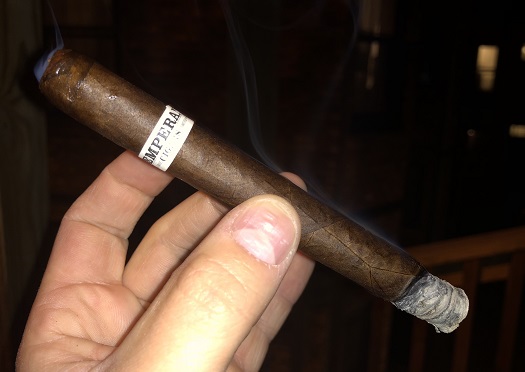
 The winter months only reinforce this preference as I seek smaller, thinner cigars that will concentrate considerable flavor into a shorter format—thereby limiting my exposure to the unforgiving elements. It therefore stands to reason that I would gravitate toward Vanity (5.5 x 37), the panatela in RoMa Craft Tobac’s Intemperance BA XXI. This line, after all, is one of my absolute favorites in terms of consistency, flavor, and bang-for-the-buck.
The winter months only reinforce this preference as I seek smaller, thinner cigars that will concentrate considerable flavor into a shorter format—thereby limiting my exposure to the unforgiving elements. It therefore stands to reason that I would gravitate toward Vanity (5.5 x 37), the panatela in RoMa Craft Tobac’s Intemperance BA XXI. This line, after all, is one of my absolute favorites in terms of consistency, flavor, and bang-for-the-buck.

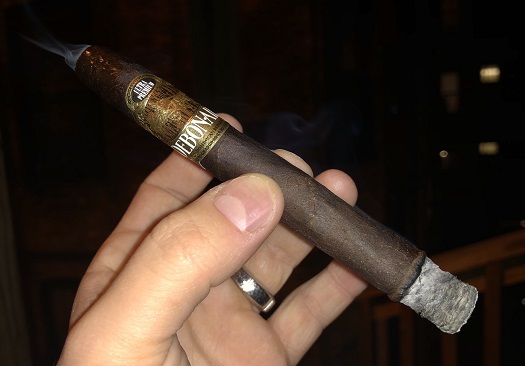
 Of the partnership, Jonathan Drew had this to say: “Phil Zanghi has been a dear personal friend of mine for two decades. When I permanently moved to Nicaragua in 1998, I wasn’t speaking no fancy languages like Spanish, so Phil helped keep me sane, as we scuttled back and forth between Nica and Honduras. He’s been a psychological and spiritual Drew Estate booster from our beginnings.â€
Of the partnership, Jonathan Drew had this to say: “Phil Zanghi has been a dear personal friend of mine for two decades. When I permanently moved to Nicaragua in 1998, I wasn’t speaking no fancy languages like Spanish, so Phil helped keep me sane, as we scuttled back and forth between Nica and Honduras. He’s been a psychological and spiritual Drew Estate booster from our beginnings.â€

 “We are grateful for the opportunity to use our 130 years of experience to create what I feel is a very special cigar in the Villiger La Vencedora,†said Heinrich Villiger, chairman of the Switzerland-based company. Rene Castañeda, president of Villiger Cigars North America, added, “La Vencedora is a palate-pleasing, full-bodied, yet elegant cigar, that will satisfy the cigar connoisseur as well as the casual smoker.â€
“We are grateful for the opportunity to use our 130 years of experience to create what I feel is a very special cigar in the Villiger La Vencedora,†said Heinrich Villiger, chairman of the Switzerland-based company. Rene Castañeda, president of Villiger Cigars North America, added, “La Vencedora is a palate-pleasing, full-bodied, yet elegant cigar, that will satisfy the cigar connoisseur as well as the casual smoker.â€
 While braving inclement weather shows a true dedication to the leaf, Jack Frost does everything he can to make standing still or sitting down pretty damn intolerable. That’s why many cold-climate cigar enthusiasts turn to smaller, shorter cigars this time of year.
While braving inclement weather shows a true dedication to the leaf, Jack Frost does everything he can to make standing still or sitting down pretty damn intolerable. That’s why many cold-climate cigar enthusiasts turn to smaller, shorter cigars this time of year.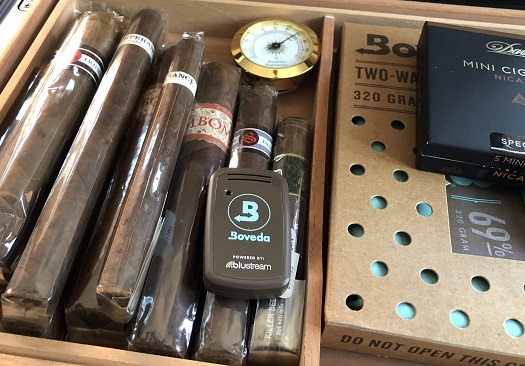
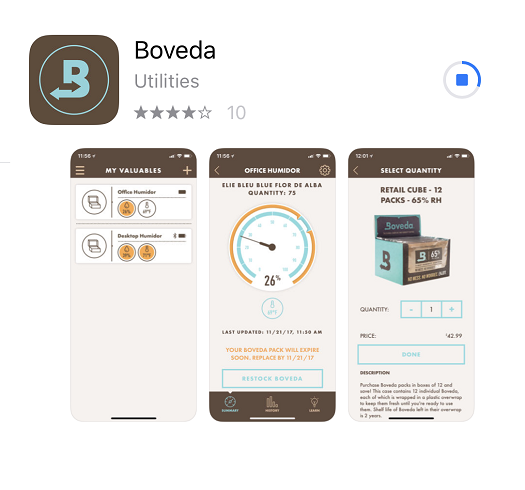
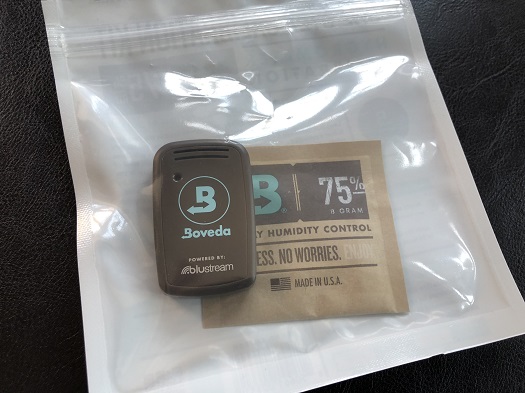
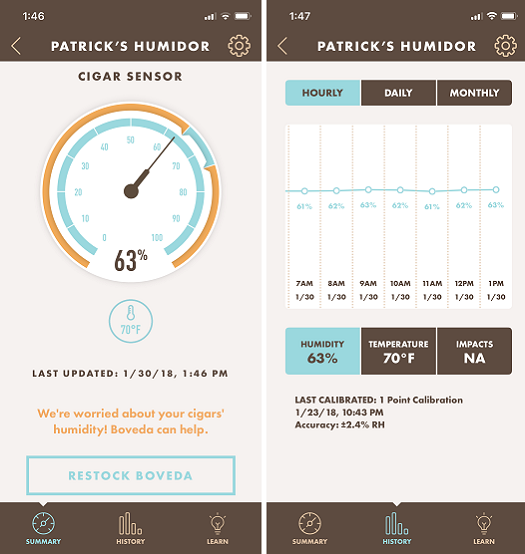
 Patrick Ashby
Co-Founder & Editor in Chief
Patrick Ashby
Co-Founder & Editor in Chief Patrick Semmens
Co-Founder & Publisher
Patrick Semmens
Co-Founder & Publisher George Edmonson
Tampa Bureau Chief
George Edmonson
Tampa Bureau Chief